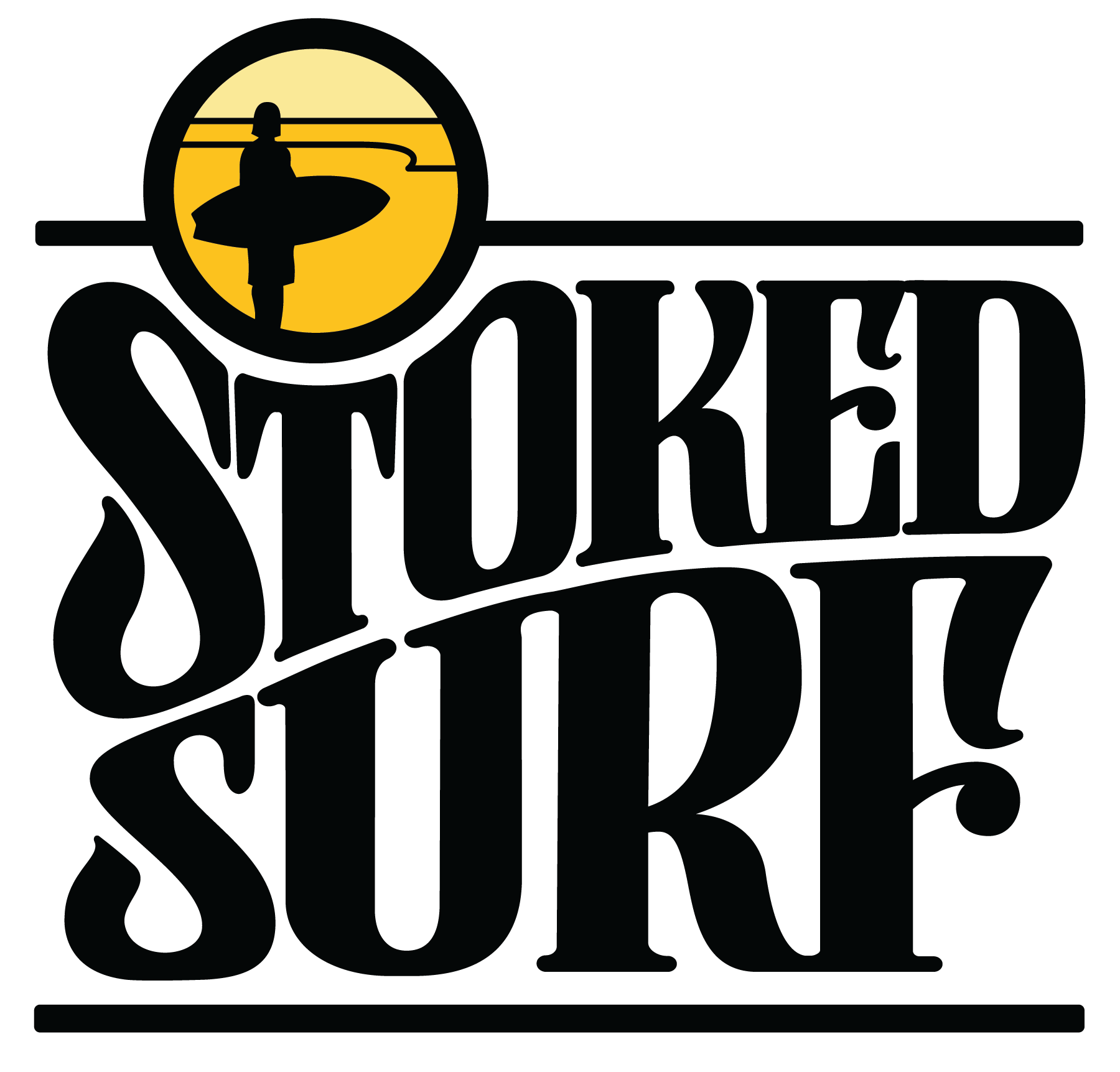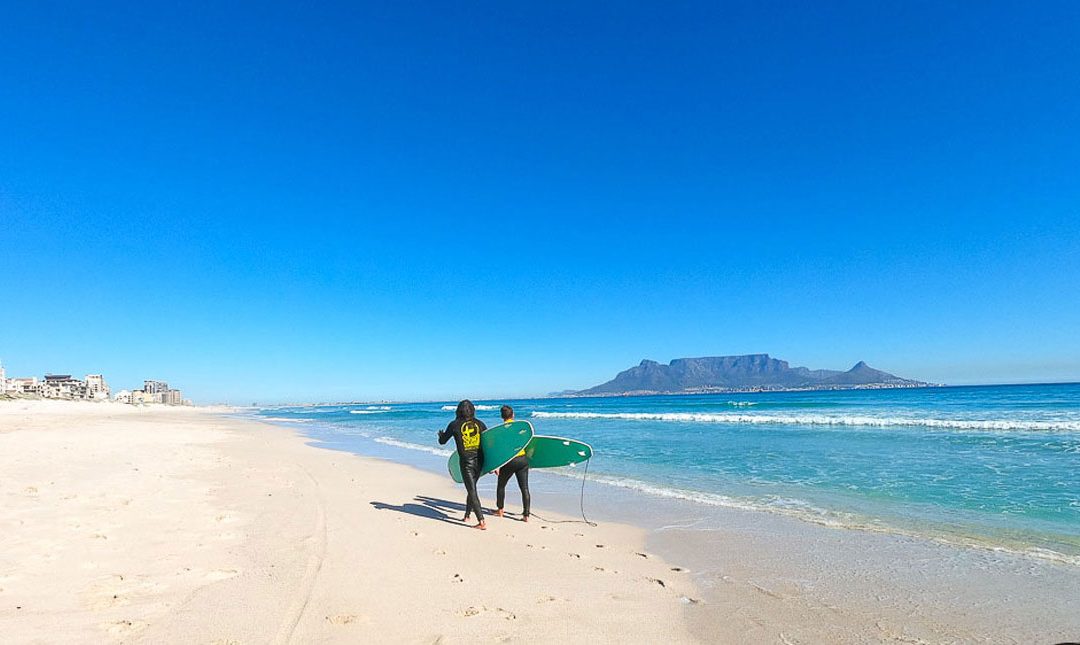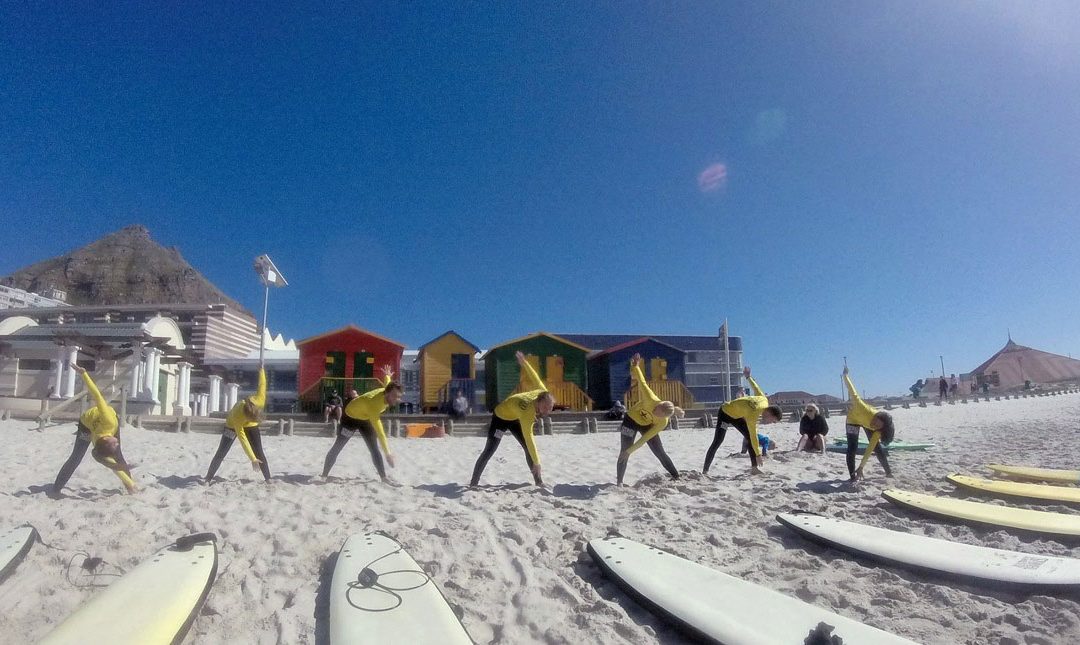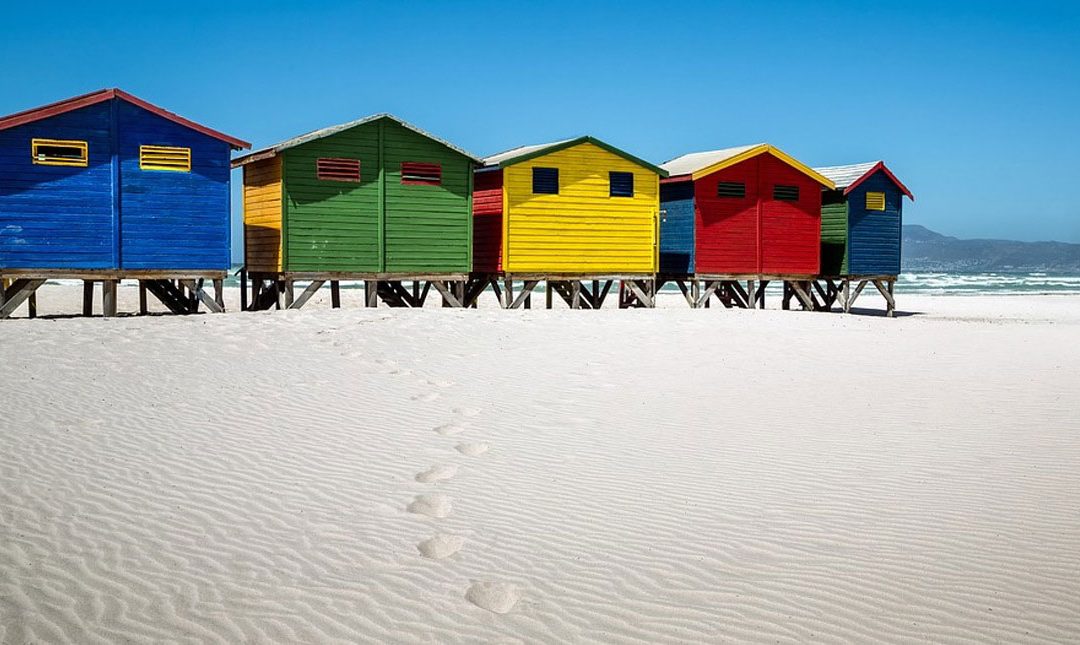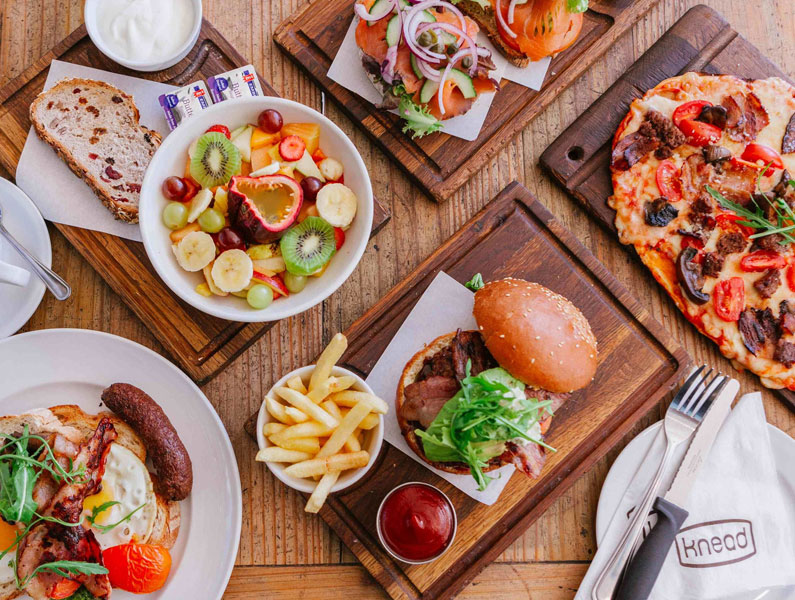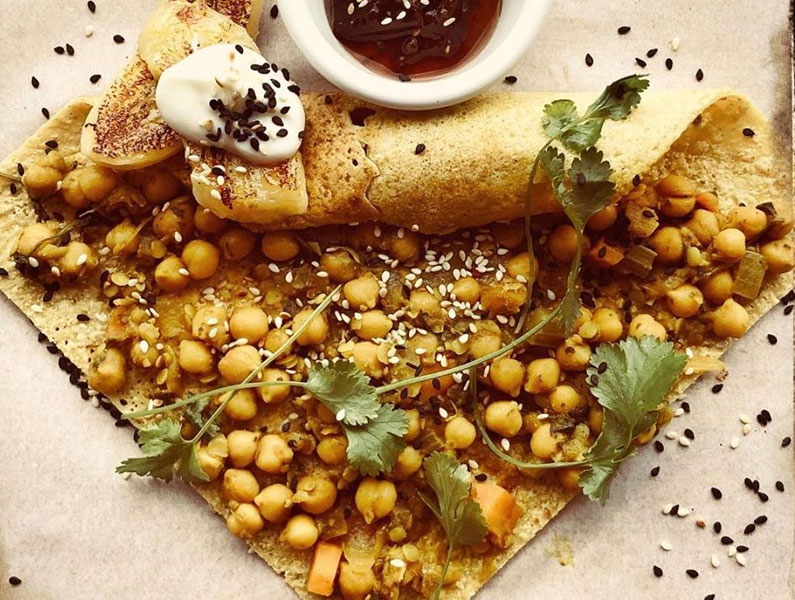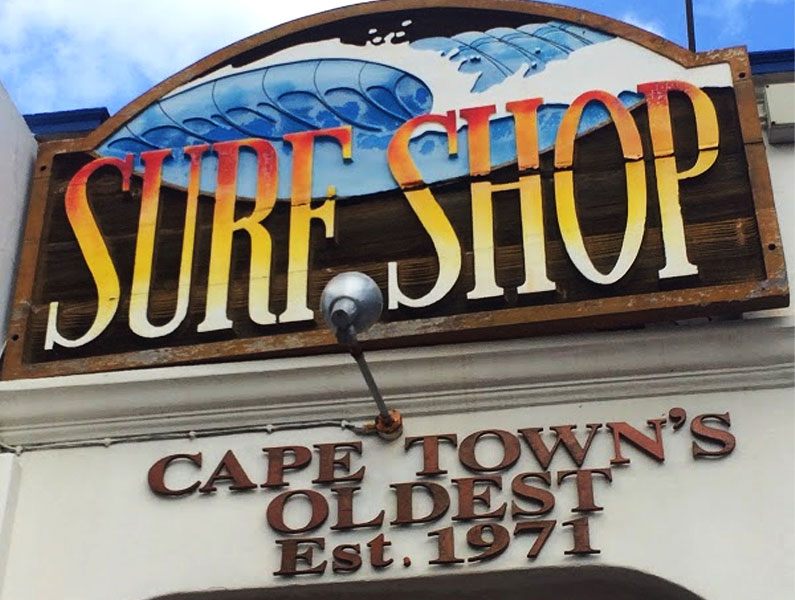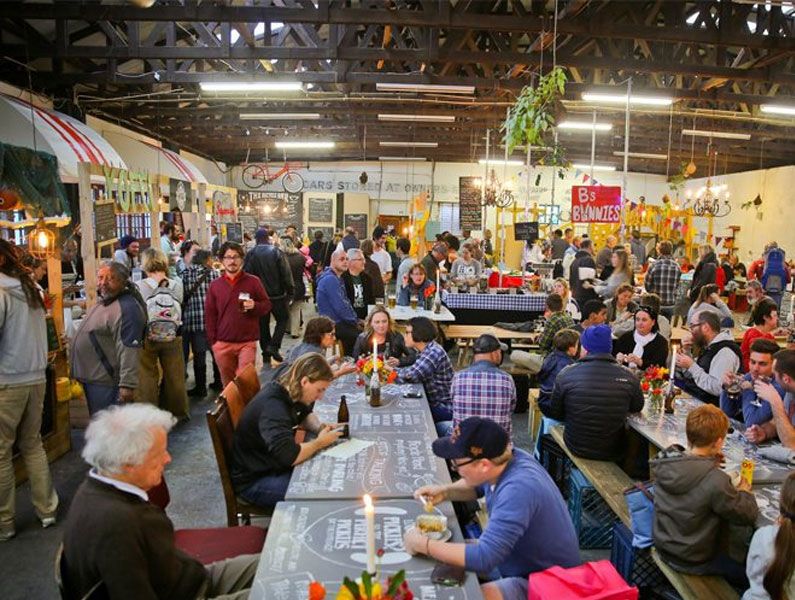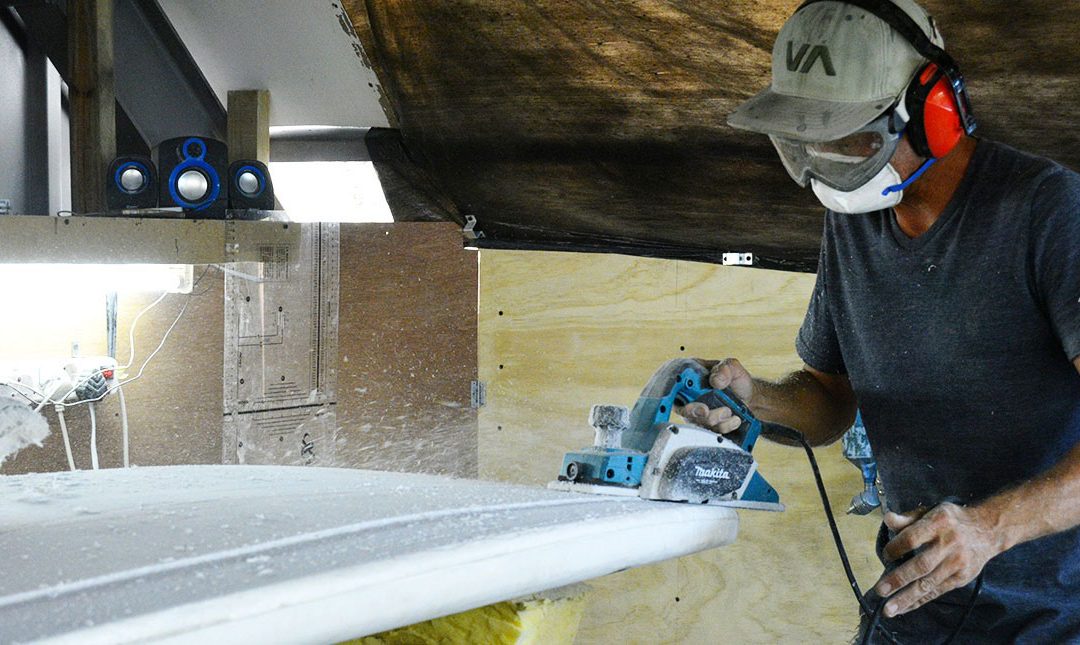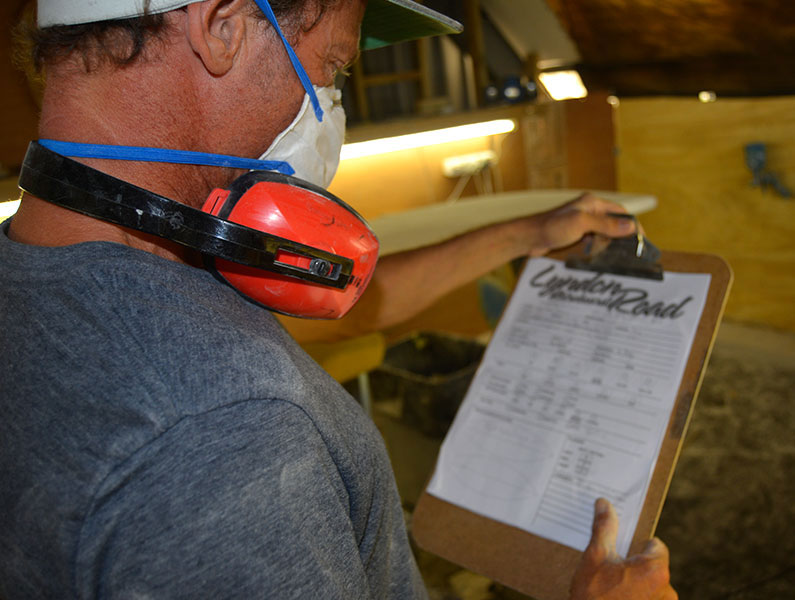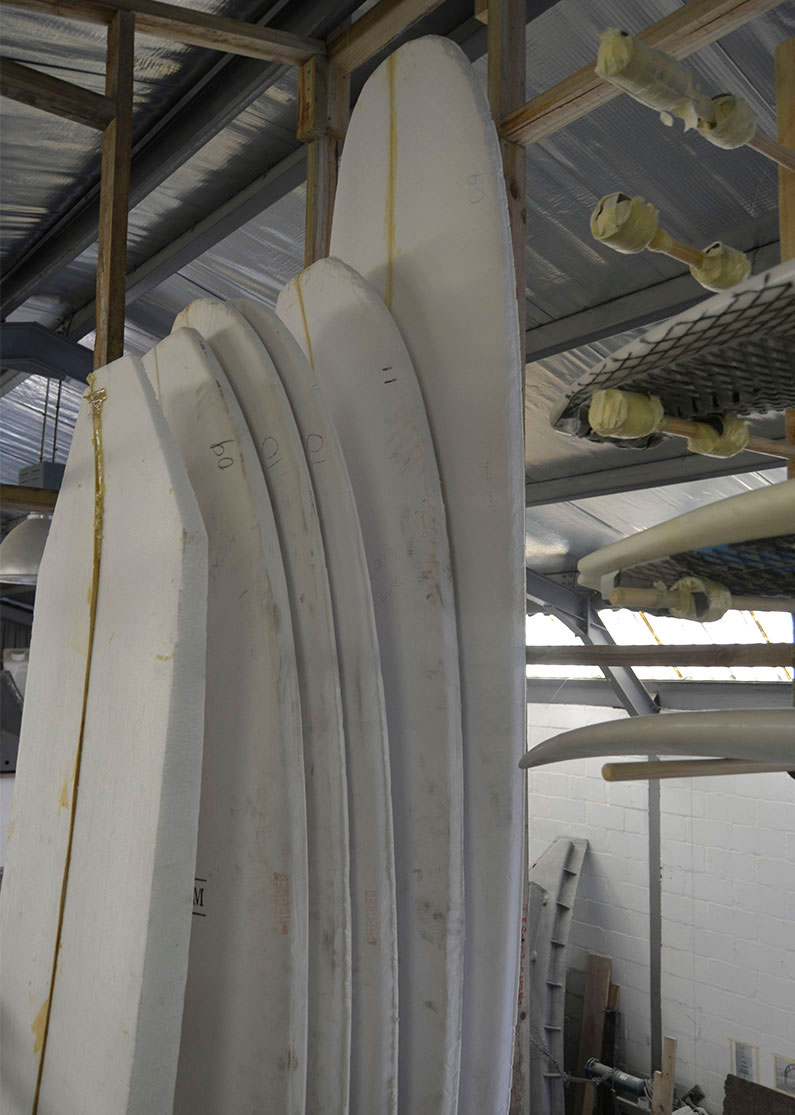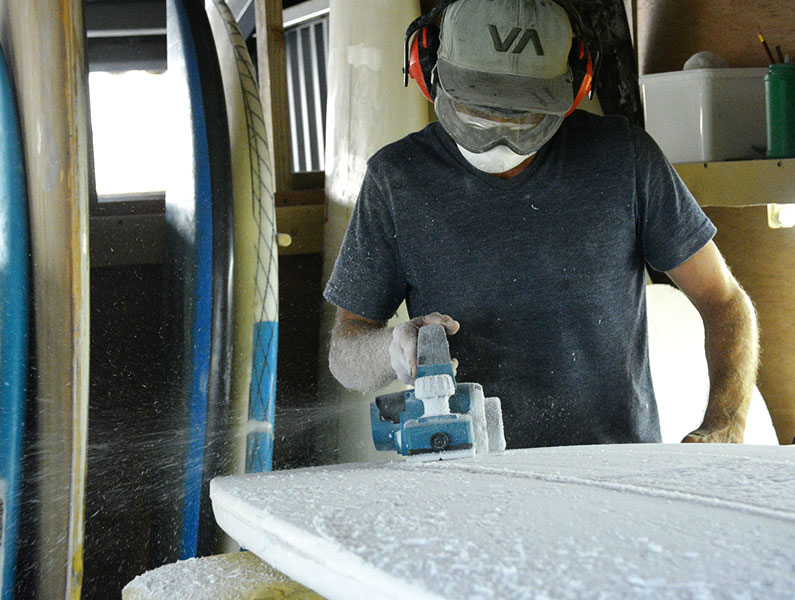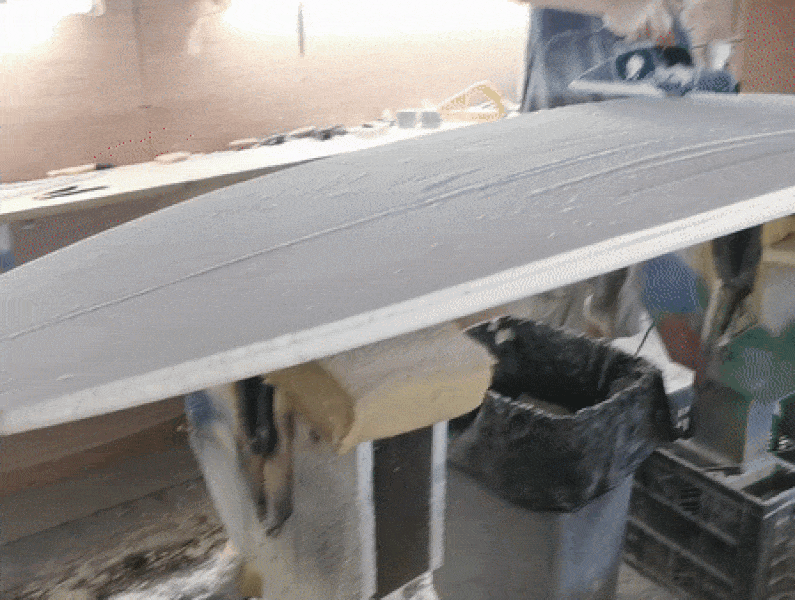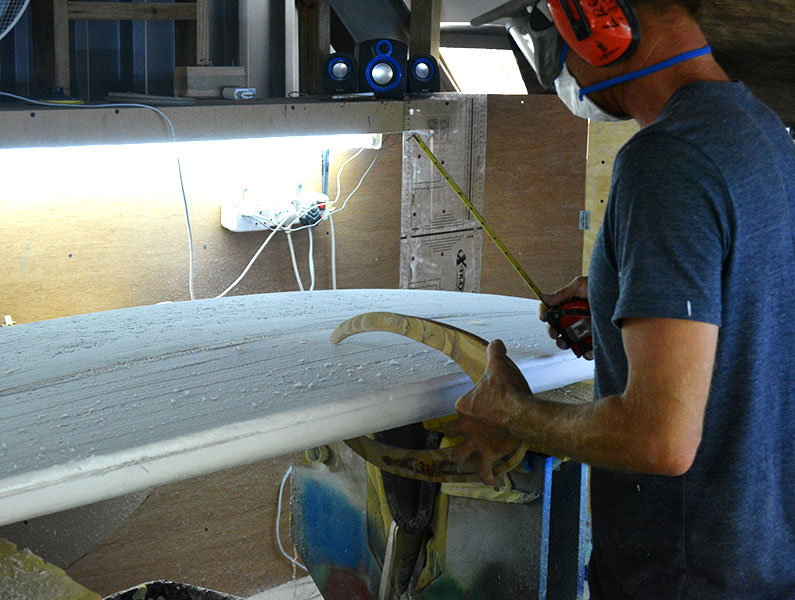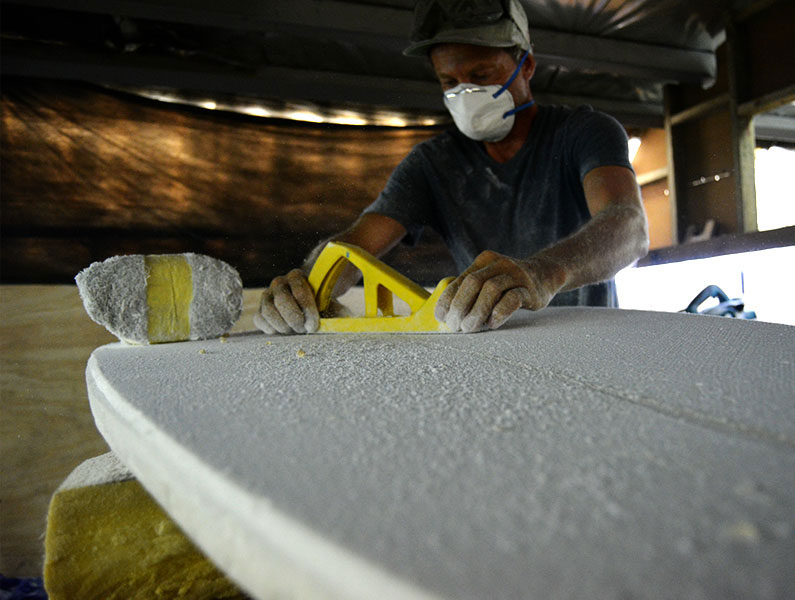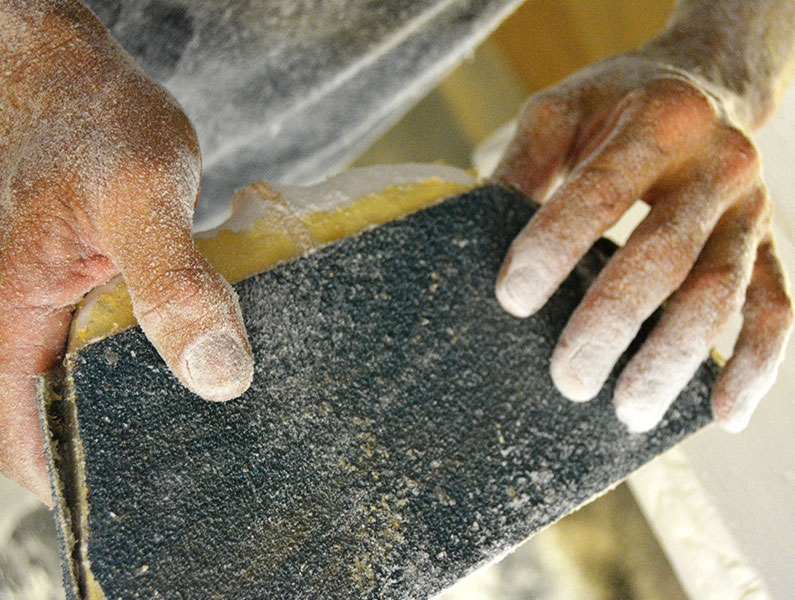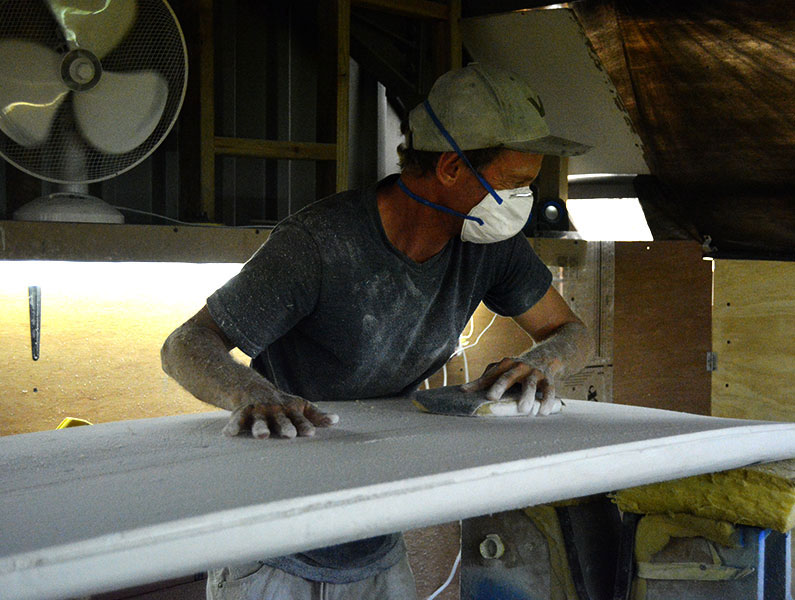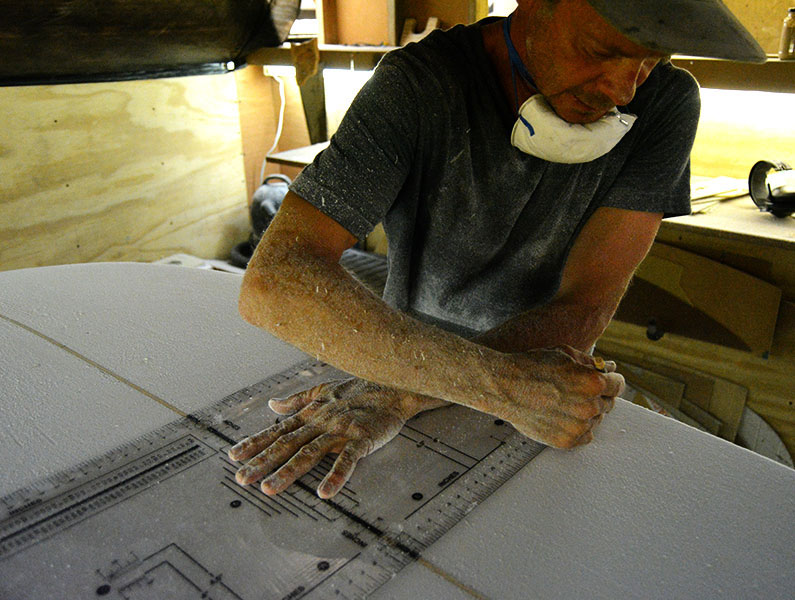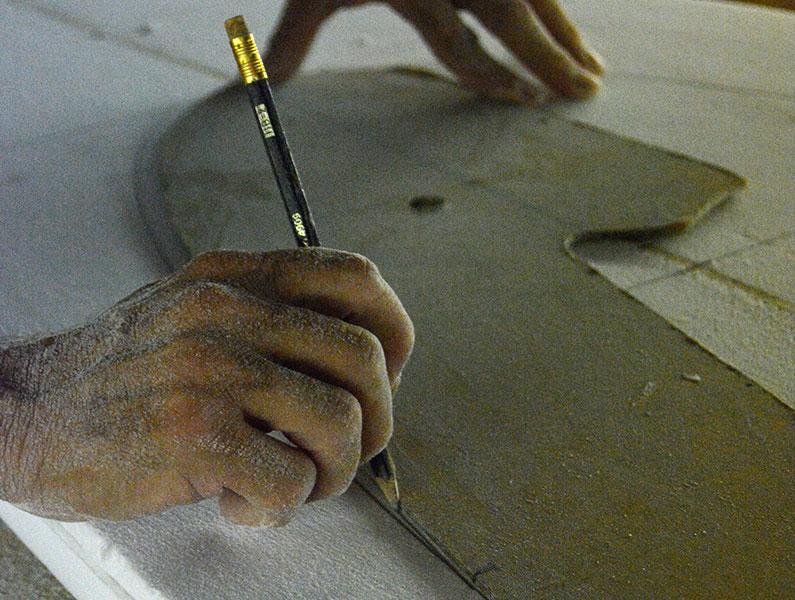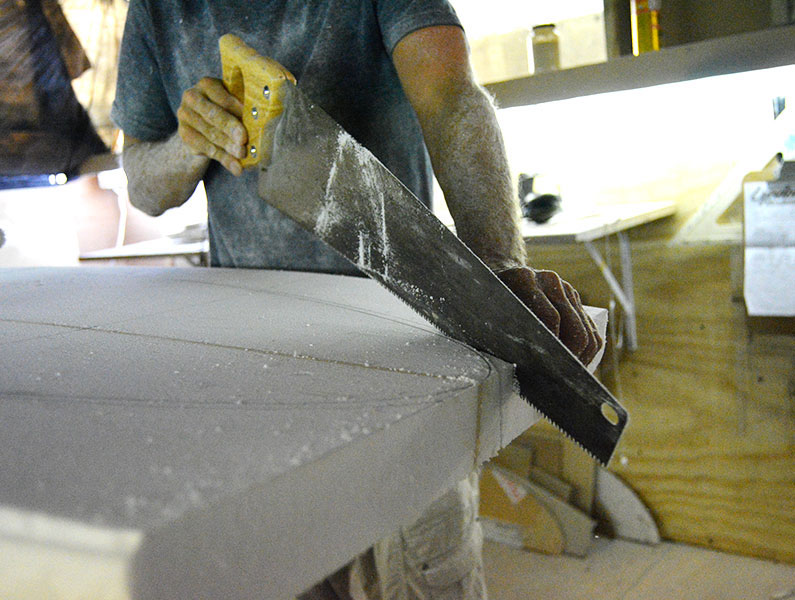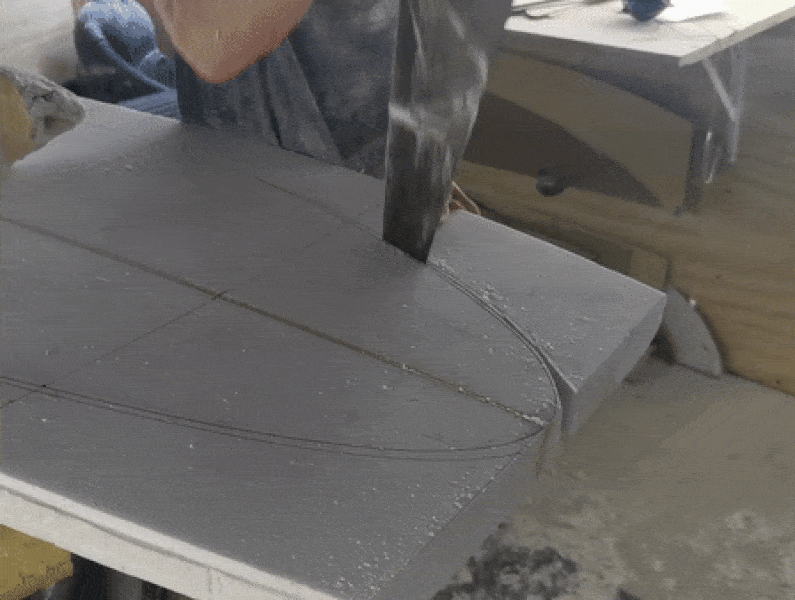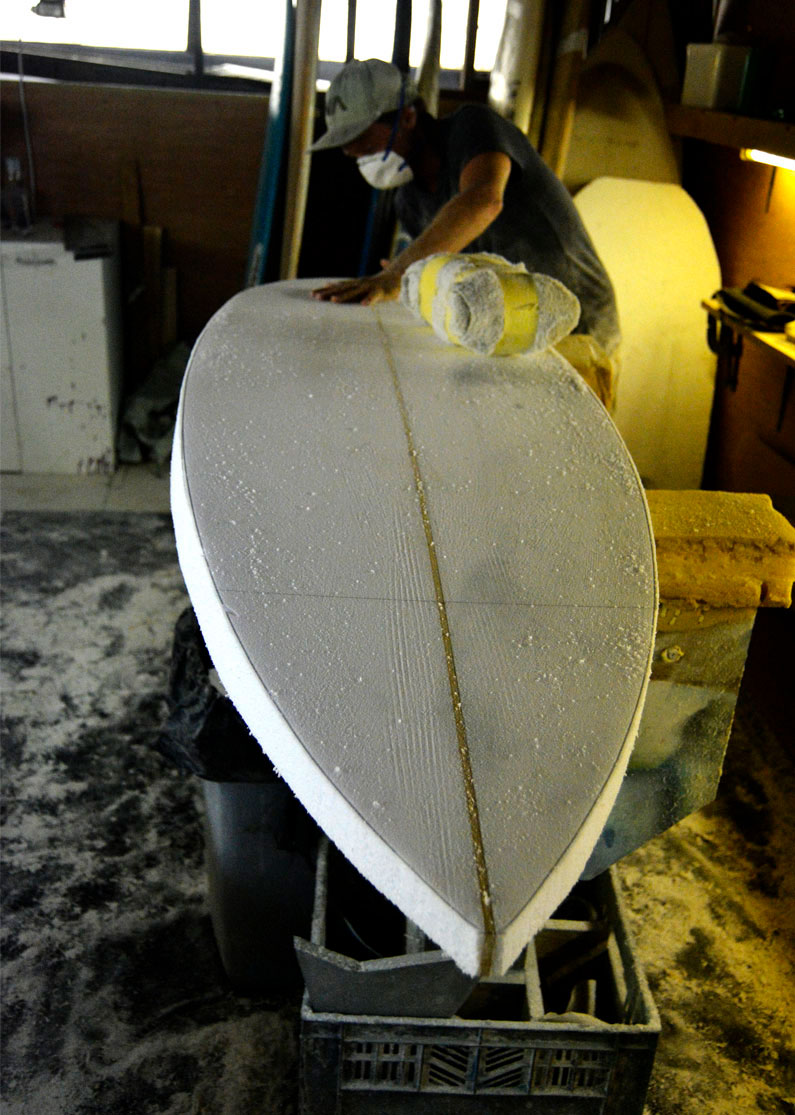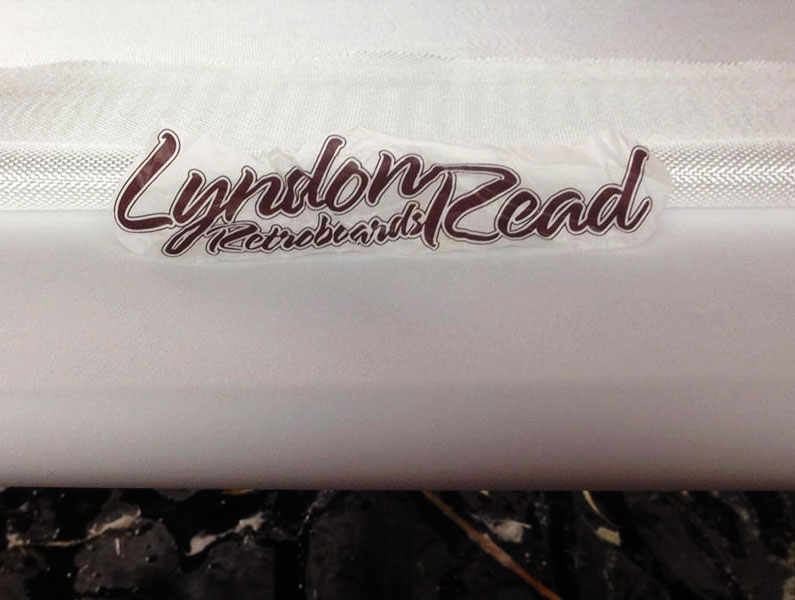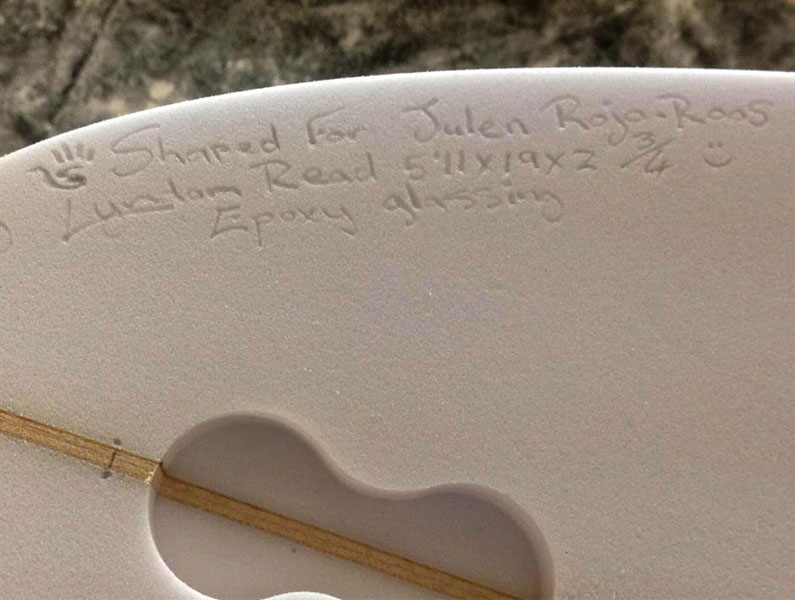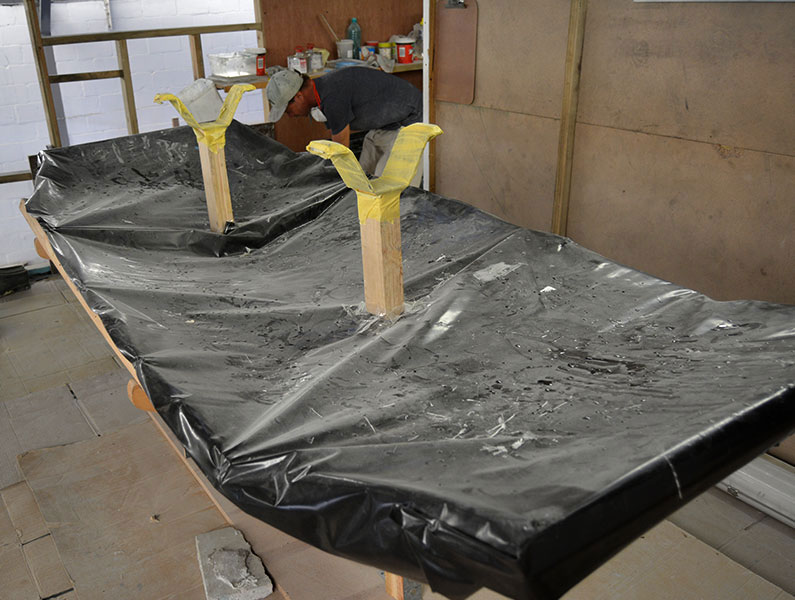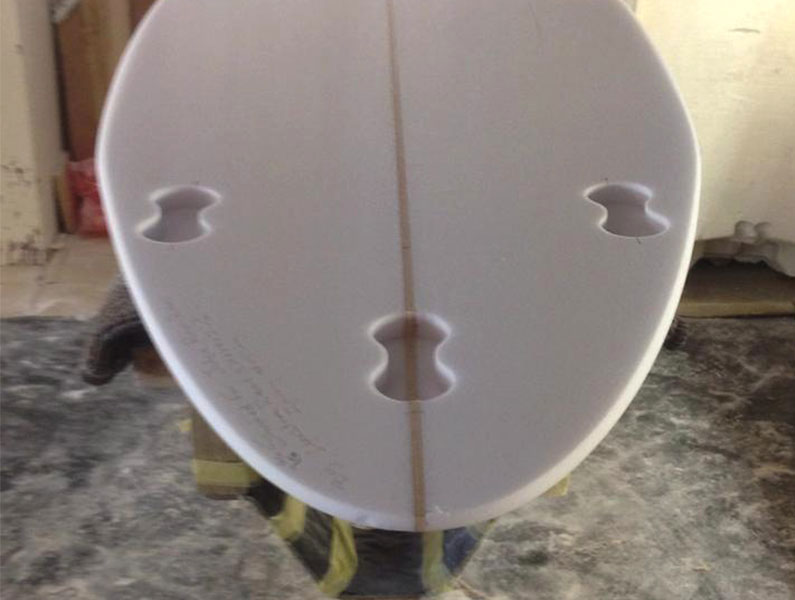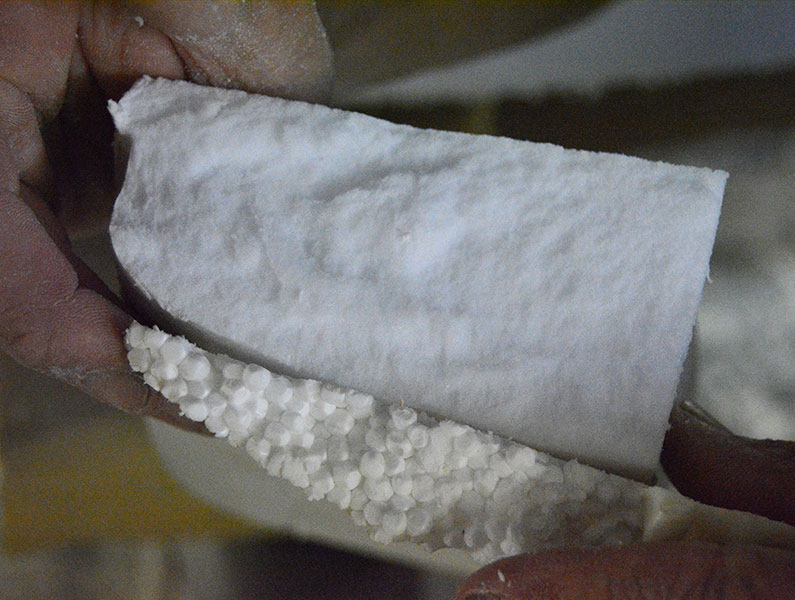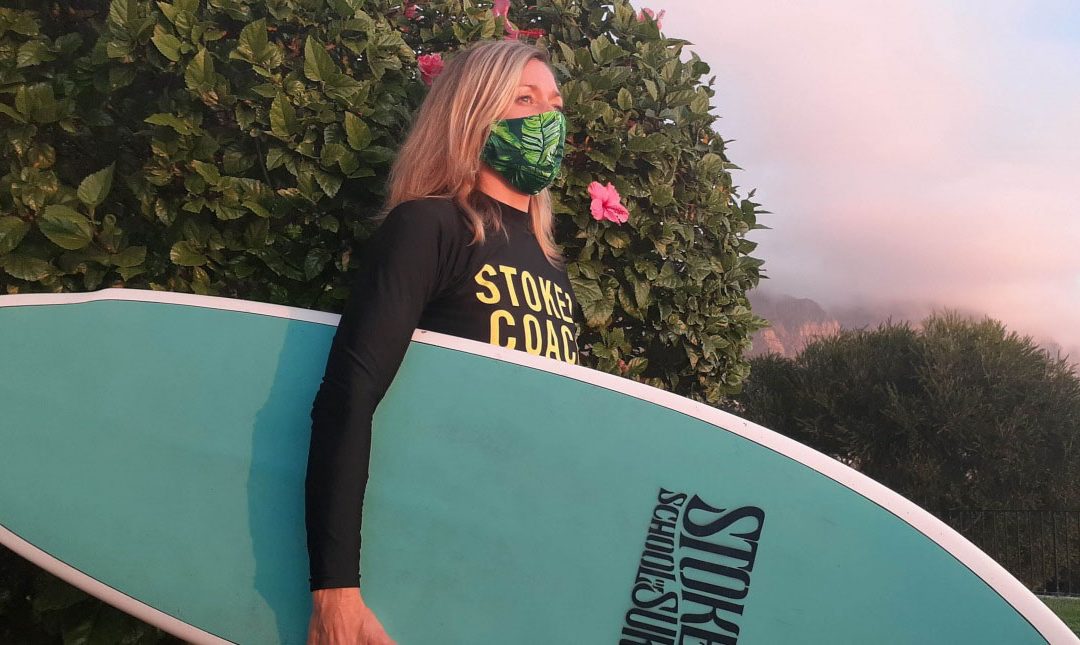
SURFING SAFELY DURING COVID-19
Offering a fun experience in a safe environment has always been our priority at Stoked School of Surf. During this time of COVID-19, we have introduced additional health and safety operational procedures to ensure the safety of our staff and clients at all times. We have spent time consulting business owners from surf school operations around the globe in countries where surf schools are currently open for business again after their respective lockdowns, and along with their guidance formulated our own set of protocols suited to our business. When beaches are open and we are legally allowed to operate again, we will be following these protocols below along with the updated government guidelines for leisure activities (these are updated regularly):
1. Screening prior to attendance:
Contactless temperature readings will be taking place at the beach. No one with a temperature of higher than 37.5 deg Celcius will be permitted to take part.
Clients (and staff) will be requested stay home if they have a fever or flu-like symptoms. See our T’s and C’s should this be the case.
2. Online Indemnity:
Indemnity forms to be completed online prior to the lesson.
3. Contactless Payment Methods:
All payment to be done upfront online via our website, payment gateway (PayGate) or via EFT. Cash payments are NOT encouraged.
4. Contact Tracing:
All records of customer/staff interactions will be kept to enable accurate contact tracing if required.
5. Check in, personal hygiene and PPE:
Participants are encouraged to arrive at check-in already wearing their swimwear to avoid the use of public communal change rooms. Upon meeting your coach at check-in, participants will have their temperature checked and be requested to sanitize their hands with the sanitizer provided. Face masks to be worn upon check-in and during gear allocation. If participants are not in possession of a facemask, they can be purchased from us at the beach for R60 each. On busy days, we will ensure a staggered check-in process to ensure minimal interaction between different groups of participants. Participants are to bring their own towels, sunscreen and waterbottles. Sharing of such personal items is discouraged. Participants and staff are discouraged to not emit any nasal and respiratory secretions on land or in the water where possible.
6. Gear allocation:
Gear will be packed out and arranged per participant according to the sizing given to us upon booking. The gear participants are allocated at the start, remains their gear for the entirety of the surf/SUP experience. Gear may not be shared/swopped with other participants. Rashvests WILL NOT be used at this time, since these need to be fitted over the face. Only surf school wetsuits that zip up from the back will be allowed to be used.
7. Social distancing:
We encourage participants to book private lessons for family/friends from the same household. We will ensure social distancing is maintained throughout the lesson between participants and staff. Group sizes will be kept to a maximum of 5 participants per coach. Fortunately, surfing and SUPing by nature, is a sport where social distancing needs to be followed to ensure safety in the water. During our land session, your coach will advise on seating/standing arrangements to ensure the spatial regulations are met. These distancing guidelines will also be adhered to in the water.
8. Post- surf socialising:
Whilst under normal circumstances, hanging out after a surf/SUP session is very much a part of the Stoked School of Surf experience, we will unfortunately not encourage this during this time. Once gear is returned, clients will be greeted and staff will leave the beach asap for Head Quarters.
9. Gear return after the session:
Upon completion of the surf/SUP experience, clients will be required to return their used gear directly to the allocated gearboxes themselves i.e. staff may not handle used wetsuits at the beach.
10. Cleaning/Disinfecting:
All equipment is thoroughly cleaned/disinfected after each use to remove any possible harmful germs before and after each use/hire. Staff will use PPE during this process to avoid any possible direct contact with used gear. Wetsuits will be hung up in the sunshine to dry when possible.
The ocean and it’s negative ions, sunshine and salt is SO GOOD for you. Please join us for a healthy dose of Vitamin D and Vitamin Sea and enjoy one of our Locals Lockdown Deals as a couple, family or group of friends when regulations allow us to operate again.
